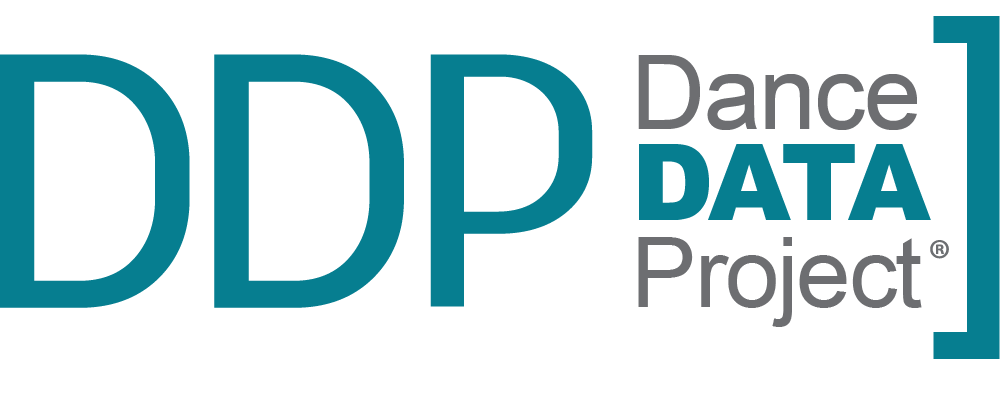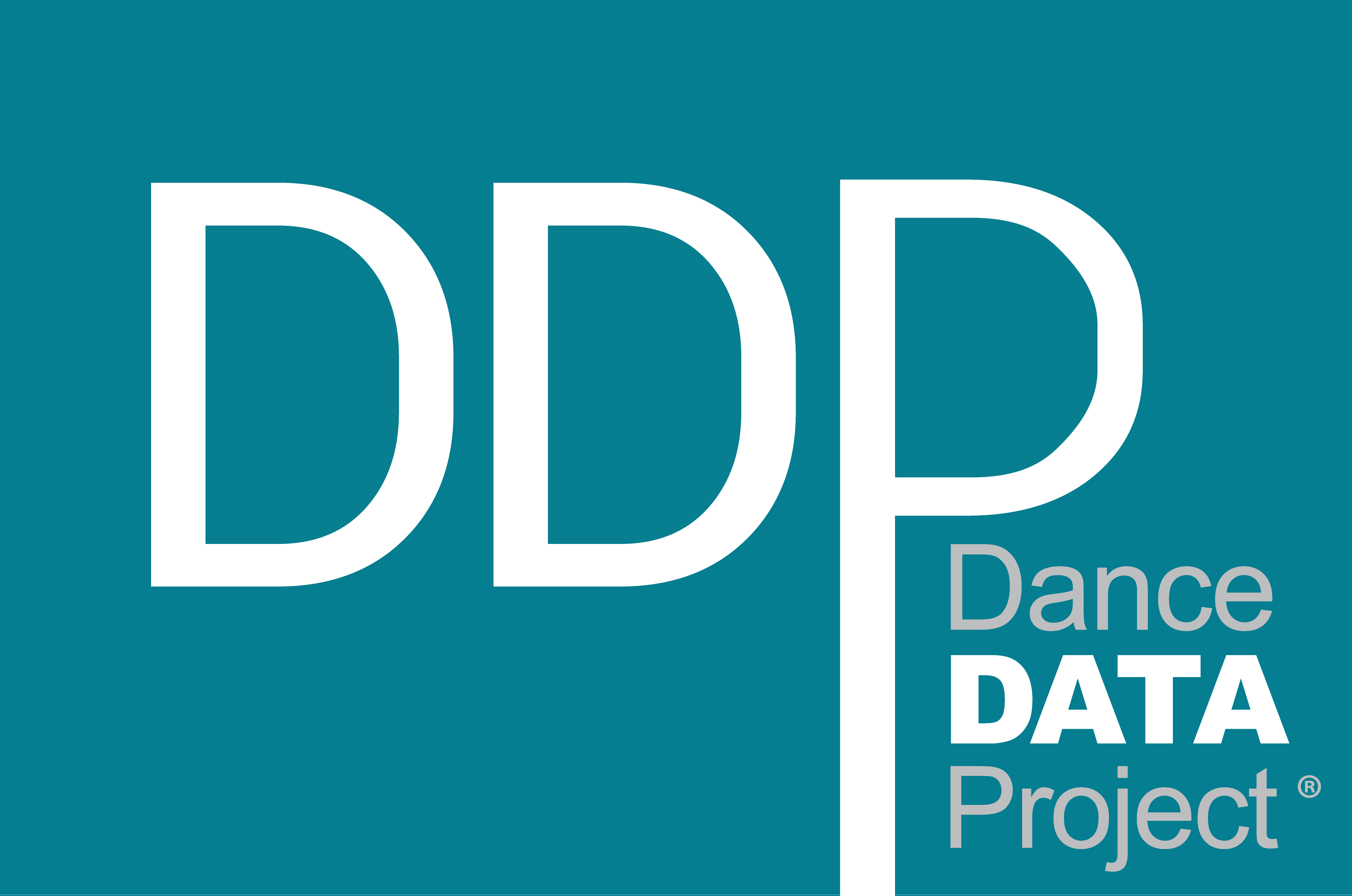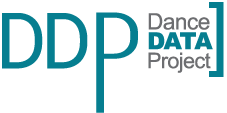DDP has spent the last year or so thinking about the most strategic way to move the needle in terms of women’s leadership in classical ballet. While our focus has been the world of dance, the same thoughts apply to women and minority representation in film, opera, symphonic music, museums, and frankly, any not-for-profit organization.
As I sit in boardrooms with trustees of foundations or listen in the back as board members blithely accept that all male panels of experts are the norm, I have become increasingly frustrated with the status quo and even more committed to changing it.
It is not enough to simply donate money to a female-led production. These are often one-and-done, or, as I have begun to realize, their funds don’t actually go to support the female artist. Instead, she is frequently given the leftovers of casting, rehearsal time, costumes, pay, venue and touring.
A recent conversation with a supremely talented West Coast investment advisor, who has been transformational in leading the charge for more women in finance, reinforced my growing suspicion that, in the dance world, seeing the inequity in numbers just isn’t sufficient.
Clearly, numbers do matter – but they aren’t enough. Dance Data Project®’s original research should eliminate the arguments offered by male dance leaders (critics, senior staff, resident choreographers and board members) who refuse to recognize there is a problem.
DDP can demonstrate the inequity all day long, cite statistics that women-led productions are extremely popular with audiences and, more broadly, refer to study after study demonstrating that management teams with female representation make better decisions.
All this evidence from our research is critical. At the end of the day, however, all the rational argument in the world cannot stand against entrenched beliefs.
Men hire men. Once women are hired into an organization, they receive less support and fewer resources than men. See McKinsey & Company’s Women in the Workplace 2018. The study found that people (even women) trust men’s decision making more than women’s, even in the face of clear evidence to the contrary.
So, this begs the question: What actions will be effective to change ballet as an industry?
There is one clear avenue to incite change: advocate for political and economic pressure through an informed donor base, whether that base be supported by individuals, corporations or foundations.
This is why Dance Data Project® is establishing our first advocacy platform to publicly encourage board, foundation and donor education and responsibility.
Below are questions every donor should ask:
Board of Trustees/Directors:
- Has the organization had a female or other diverse minority chairman?
- Outside of the traditional minority and female committees (such as Community Relations or Marketing), are there women (and trustees or board members of color) on the Strategic Planning, Audit, Finance, and Governance committees?
Leadership Positions:
- What is the gender and racial diversity of the c-suite positions beyond the traditionally female roles like Director of Development or Community Relations/Engagement?
- Are women entrusted with roles involving financial decision making, like CFO/CEO?
- In arts organizations, are women truly leading, or have they been hired to solely lead and shape the organization’s artistic vision?
Pay Equity/Transparency:
- Will the organization commit to pay equity and transparency in order to ensure equal pay for women with the same job as men?
- Will the organization share this data publicly?
Internal Policies – Sexual Harassment, Mandatory Arbitration, & Parental Leave:
- What is the organization’s policy on dealing with sexual harassment complaints?
- Is there an independent reporting mechanism?
- Has the organization committed to eliminating mandatory arbitration clauses that remove litigation as an option for employees who have been harassed?
- What is the organization’s written policy on parental leave and health care around women’s issues?
Performances/Exhibitions/Shows:
- What percentage of the artists for main stage productions are women (and/or minorities)? This should include set, lighting and costume designers, as well as original composers.
- Will the organization pledge to eliminate manels (all-male panels of experts who opine on and interpret work for audiences)?
- What is the company’s track record of commissioning women and minorities? Do these women and minorities receive repeat commissions?
- If there is a program dedicated to developing more women and minority artists in-house, how is success measured?
- What is leadership’s plan to bring women and minorities to main stage productions?
- Will women’s work be supported by touring, receiving original costumes, adequate rehearsal/studio time and casting choices?
- If a donor contributes to support a female led production, how much of his or her money will actually go to support the woman’s work?
To learn more about philanthropy in general, specifically issues in philanthropy and how women are changing the field through giving circles and financial techniques like social impact investing, search for resources like Kiersten Marek’s wonderful website or check out Inside Philanthropy:
For an excellent discussion of ending sexual harassment at not-for-profits, see the April 2018 issue of The Chronicle of Philanthropy.
For a deeper dive on research into the impact of women and philanthropy, see the research catalogue of The Lilly Family School of Philanthropy at Indiana University.
To become part of the women’s empowerment movement in philanthropy (male allies included) and work to break up the philanthropy ‘boys club,’ see the following:
- Julie Castro Abrams’s How Women Lead, which advocates for fair gender representation on boards, whether for-profit or philanthropic.
To learn about initiatives that focus specifically on women and their money, have a much deeper understanding of how women give, and how they prioritize philanthropic investments, visit:
- Ellevest, led by the legendary Sallie Krawcheck
- Luma Wealth Advisors
This article from WBUR on the restaurant industry describes some things to consider when deciding to support any business or organization, including ballet companies:
“But to really change restaurant culture, Chang said customers need to care. “When we decide where we go out to eat, instead of asking like, ‘Oh, is this like the most interesting thing I feel like eating tonight?’ Shouldn’t we also ask, like, ‘What are their ethics? What are their practices? Are they paying everyone minimum wage? Are people in the restaurant happy?’ You know, maybe that’s a good place to support.”


